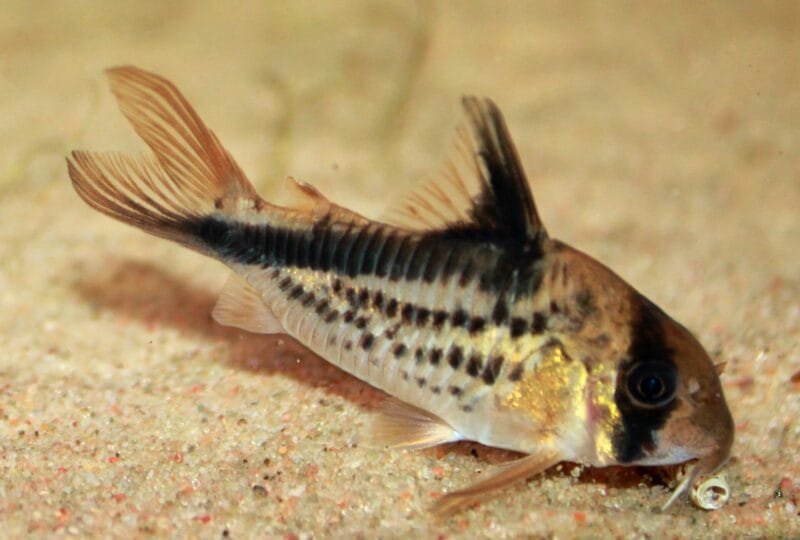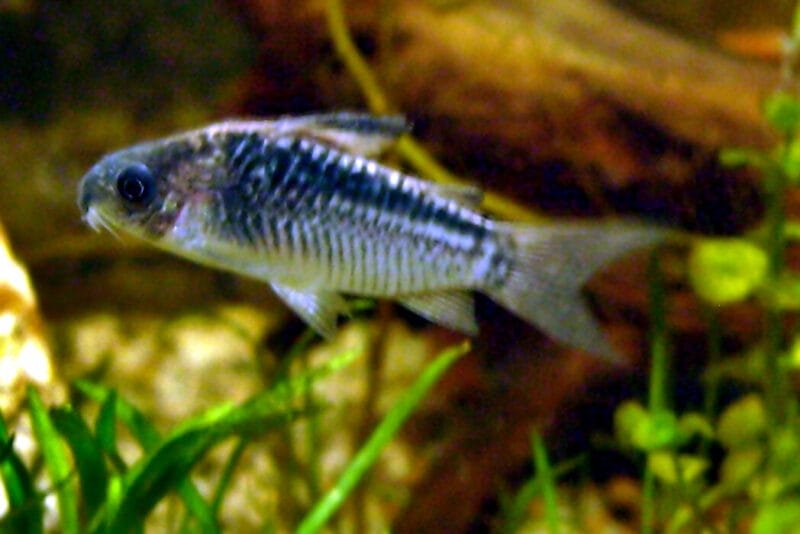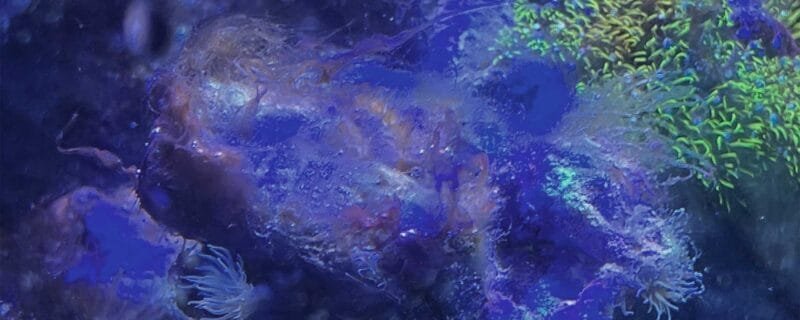The Sarasa Comet Goldfish (Carassius auratus) is a beautiful and lively freshwater fish, admired for its striking red and white coloration and elegant, flowing fins. This variety of goldfish is often compared to the Koi due to its vivid color patterns and graceful swimming style, yet it remains smaller and more manageable for both ponds and large aquariums. The Sarasa Comet is a descendant of the common goldfish, selectively bred for its distinctive appearance and hardy nature.
Native Habitat
Originally, all goldfish trace their lineage to the Prussian carp, native to East Asia. The Sarasa Comet, as a cultivated variety, does not exist in the wild. However, it thrives in temperate freshwater environments similar to its ancestral habitats in rivers, lakes, and slow-moving ponds of China and Japan. Today, these fish are commonly bred in ornamental ponds and aquariums worldwide.
Size and Lifespan
The Sarasa Comet Goldfish typically grows to a length of 10–12 inches (25–30 cm) in captivity, though in outdoor ponds with ample space, they can reach up to 14 inches (35 cm). With proper care, they can live for 10 to 15 years, and some specimens have been known to live even longer, surpassing 20 years in well-maintained environments.
Diet and Feeding Habits
These fish are omnivores with a hearty appetite. They enjoy a varied diet of high-quality flake or pellet food formulated for goldfish, supplemented with live or frozen foods such as bloodworms, daphnia, and brine shrimp. Vegetable matter, such as blanched spinach, peas, or zucchini, helps with digestion and enhances their coloration. For guidance on balanced feeding, you may refer to our article on Complete Nutrition for Aquarium Fish.
Sexing Sarasa Comets
Distinguishing between males and females can be challenging until breeding season. Males typically develop small white breeding tubercles on their gill covers and pectoral fins, while females tend to appear rounder when carrying eggs. Observing behavior during spawning, where males chase females, also aids in identification.
Breeding
Breeding Sarasa Comets is relatively straightforward, especially in outdoor ponds where seasonal temperature changes trigger spawning. They are egg scatterers, meaning females release eggs among plants or spawning mops, which are then fertilized by males. After spawning, remove the adults to prevent them from eating the eggs. The fry hatch within 4 to 7 days and can be fed infusoria or specialized fry food until they are large enough to consume crushed flakes.
Water Conditions
Sarasa Comets prefer cool, clean water and are best suited to outdoor ponds or spacious aquariums. Optimal conditions include:
- Temperature: 65–75°F (18–24°C)
- pH: 6.5–8.0
- Hardness: Moderate (5–19 dGH)
Good filtration is crucial, as goldfish produce considerable waste. Regular water changes and a stable nitrogen cycle are key to maintaining health. To learn more about maintaining balanced water chemistry, read our guide on Aquarium Water Chemistry Basics.
Ease of Care
The Sarasa Comet is considered an easy-to-care-for species, making it suitable for beginners. Its robust nature allows it to adapt to various environments, though adequate space and clean water are essential. Due to its size and activity level, it should not be kept in small bowls or tanks. A minimum of 40 gallons per fish is recommended, with more space for larger groups.
Tankmates and Compatibility
Peaceful by nature, the Sarasa Comet does well in community ponds and tanks with other coldwater species such as the Shubunkin Goldfish, Common Carp, and Weather Loach. Avoid housing them with aggressive or fin-nipping species. Since they thrive in cooler water, tropical fish are unsuitable tankmates.
Species Variations
The Sarasa Comet is recognized for its bright red and white color patterns. Variations in color distribution make each fish unique. Selective breeding has also produced albino variants, which display a delicate pinkish-white coloration and translucent fins. While equally hardy, albino Sarasa Comets may have slightly reduced vision sensitivity, so subdued lighting is preferred.
Albino Version
The Albino Sarasa Comet retains the same body shape and graceful tail as the standard variety but features pale, pinkish scales and light red markings instead of deep orange. These fish require the same care and conditions, though extra caution should be taken with lighting and predator exposure in outdoor ponds, as their lighter color can make them more visible.
Community Tank Suitability
Although typically kept in ponds, Sarasa Comets can thrive in large, well-filtered community aquariums. They coexist peacefully with other non-aggressive, coolwater fish. The key is to ensure sufficient swimming space and efficient filtration to handle their waste production. Pairing them with other goldfish varieties like the Common Goldfish or Shubunkins creates a colorful and harmonious display.
Conclusion
The Sarasa Comet Goldfish is a stunning and resilient variety that combines beauty, personality, and hardiness. Its vivid coloration and active swimming behavior make it a focal point in any pond or large aquarium. Whether you’re a beginner looking for a rewarding first fish or an experienced aquarist seeking vibrant pond life, the Sarasa Comet is a delightful choice that promises years of companionship and natural charm.
FAQs about the Sarasa Comet Goldfish
1. How big do Sarasa Comet Goldfish get?
They can grow up to 12 inches (30 cm) in captivity and even larger in outdoor ponds with ample space.
2. Can Sarasa Comets live with Koi?
Yes, they can coexist peacefully in ponds with Koi, provided there is enough space and good water quality. Both species enjoy similar conditions.
3. Do Sarasa Comet Goldfish need a heater?
No, they are coldwater fish and prefer temperatures between 65–75°F (18–24°C). A heater is unnecessary unless the water consistently drops below freezing.







